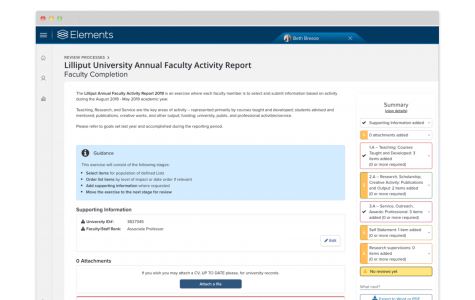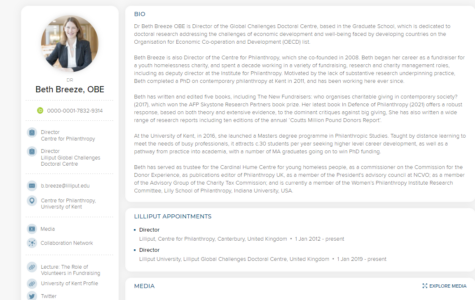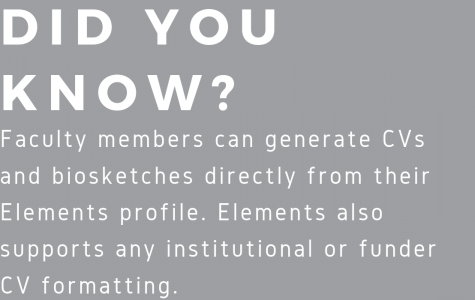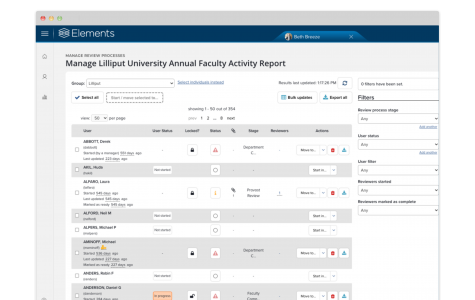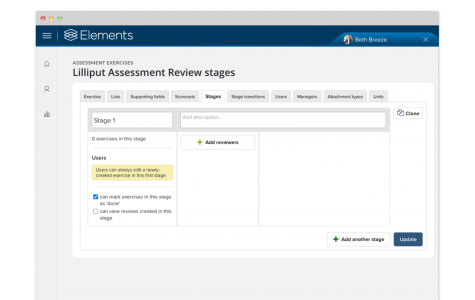Faculty Annual Reviews are a vital tool for both academic institutions and faculty members. Not only do they play a critical role in driving the professional advancement of staff and an opportunity for recognition of good work, they’re also fundamental to tracking and providing evidence of the high quality of teaching and research across your research community.
By providing you with a central hub for research information and faculty activity data, with automated ingestion from the widest range of data sources in the industry, Symplectic Elements can streamline your annual review, assessment and reporting processes and minimise the burden placed on faculty members.
